OpenAI Launches GPT-5: "The Era of Model Choice Is Over, AI Decides Everything Now"(오픈AI GPT-5 출시... "모델 선택 시대 끝났다, 이제 AI가 알아서 판단")
오픈AI, GPT5.0 공개. 훈련 비용 50만 달러로 급감했지만 최첨단 모델엔 수십억 달러 투자 지속... 워크데이 AI 채용 도구 연령차별 소송도 진행
오픈AI(OpenAI)가 8월 7일 공개한 새로운 플래그십 AI 모델 GPT-5는 AI 업계의 패러다임 전환을 예고하고 있다. 사용자가 비용과 성능을 고려해 여러 모델 중 선택하던 기존 방식을 버리고, 단일 AI가 문제의 복잡도를 스스로 판단해 컴퓨팅 자원 사용량을 조절하는 '원사이즈핏올(one-size-fits-all)' 전략을 채택했다. 샘 알트만(Sam Altman) CEO는 "모든 주제에서 박사 수준 전문가와 대화하는 것 같다"며 자신감을 표했지만, 개발자들의 통제권 상실 우려와 AI 도구의 차별 논란 등 새로운 과제들이 부상하고 있다.
OpenAI Launches GPT-5: "The Era of Model Choice Is Over, AI Decides Everything Now"
Training Costs Plummet from $100M to $500K While Tech Giants Pour Trillions into Cutting-Edge Models — Age Discrimination Lawsuit Against AI Hiring Tool Intensifies
OpenAI's next-generation flagship model GPT-5, unveiled on August 7, has emerged as a fundamental game-changer for the AI industry. The company is ending the "multi-model era" where users strategically selected between GPT-3.5, GPT-4, and other models based on task complexity and cost, declaring a "one-size-fits-all" paradigm where a single AI autonomously determines the necessary computing resources by analyzing problems. While CEO Sam Altman expressed confidence, claiming it feels like "talking to a PhD-level expert," tensions are mounting between technological innovation and social responsibility as concerns grow over developers losing autonomy and AI tools facing discrimination controversies.
두 버전의 시 비교 표
| 항목 | GPT-4o 버전 (“Where Socks Shouldn’t Be”) | GPT-5 버전 (무제) |
|---|---|---|
| 시작 위치 | Cupboard with rice bowls, garden broom | Tea tin, geta rack |
| 감정/분위기 | 그리움, 상실감, 부드러운 애수 | 향수, 감각적인 묘사, 여운 |
| 등장 소품 | 밥그릇, 정원 빗자루, 다다미, 고타쓰, 세탁기 | 차통, 목욕탕, 게타 선반, 이불, 대나무 막대 |
| 상징 | 양말, 플럼 블러섬, 린넨, 절의 종소리 | 양말, 비, 캄포(향), 잉어, 종, 국기 |
| 결말/메시지 | 양말은 끝없이 돌아온다, 남편이 신경 쓰지 않기를 바람 | 양말을 깃발처럼 걸며, 더 이상 존재하지 않는 것에 대한 은유 |
사용자 선택권 사라지고 AI의 자율성 확대
오픈AI는 라이브 스트리밍 발표를 통해 GPT-5 출시와 함께 구형 모델들에 대한 사용자 접근을 완전히 차단한다고 밝혔다. 이는 그동안 사용자들이 작업의 복잡도와 비용을 고려해 GPT-3.5, GPT-4 등을 선택적으로 사용하던 방식에서 완전히 벗어나는 것이다.
새로운 시스템의 핵심은 '추론 모델(reasoning model)'이다. GPT-5는 복잡한 질문을 받으면 스스로 얼마나 오래 '생각'할지, 즉 얼마나 많은 컴퓨팅 파워를 사용할지 자동으로 결정한다. 닉 털리(Nick Turley) 오픈AI 부사장은 "시스템이 언제 '생각'해야 할지 스스로 안다"며 "대부분의 챗GPT 사용자들에게 이것은 추론 기능을 처음 접하는 경험이 될 것"이라고 설명했다.
이러한 변화는 알트만 CEO가 추구해온 챗GPT(ChatGPT) 경험 단순화와 일치한다. 일반 사용자들은 복잡한 모델 선택 과정 없이 더 직관적으로 AI를 활용할 수 있게 된다. 그러나 개발자들 입장에서는 특정 작업에 저렴한 모델을 선택적으로 사용하거나, 경쟁사 모델로 대체하는 유연성을 잃게 되는 셈이다.
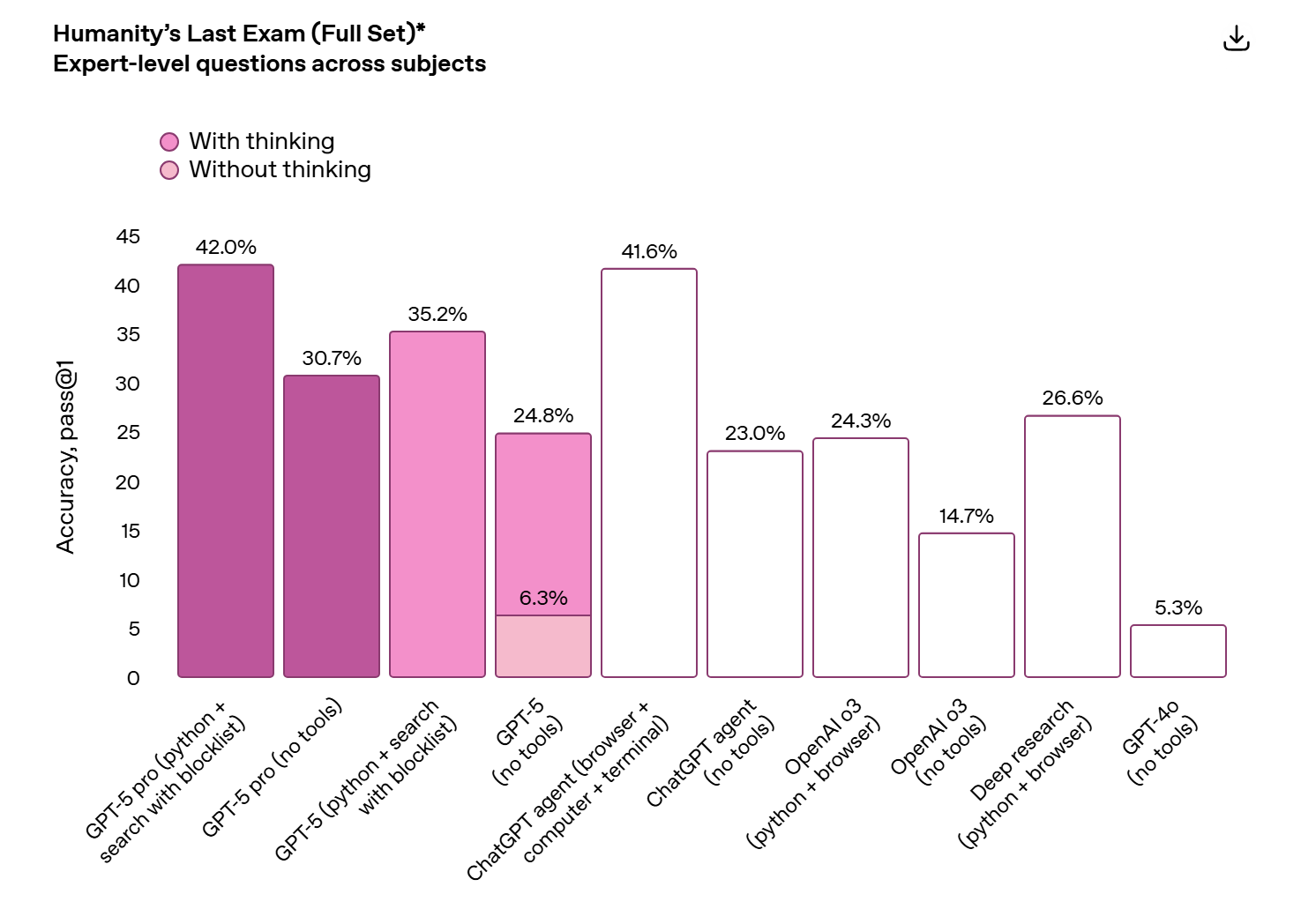
"AI Determines Its Own Thinking Time" — Controversy Over User Choice Elimination
OpenAI made a shocking announcement during Thursday's livestream presentation. Simultaneously with GPT-5's launch, the company will completely block user access to older models. This decision overturns the established practice where developers and enterprises strategically chose between GPT-3.5 (affordable but basic) and GPT-4 (expensive but powerful) based on project requirements and budgets.
The core of GPT-5 is its "reasoning model" technology. When encountering complex problems, the AI independently determines "how deeply to think." The concept involves quickly answering simple questions while investing more computing power and time to "contemplate" complex problems.
Nick Turley, OpenAI's Vice President overseeing ChatGPT, explained, "The system automatically recognizes when it needs to 'think.' For most free ChatGPT users, this will be their first experience with AI reasoning."
This strategy aligns with CEO Altman's consistently emphasized goal of "extreme simplification of the ChatGPT experience." From a general user's perspective, they can utilize AI more intuitively without the complexity of model selection.
However, concerns are emerging from the developer community. The flexibility to strategically use cheaper models for specific tasks or immediately switch to competitors' models disappears. A Silicon Valley startup CTO pointed out, "Cost prediction becomes impossible. If we can't control how much the AI will 'think,' cloud costs could explode."
코딩부터 글쓰기까지, 전방위적 성능 향상
오픈AI는 GPT-5의 향상된 능력을 여러 영역에서 시연했다. 특히 코딩 분야에서는 엔지니어가 간단한 텍스트 프롬프트로 프랑스어 학습 앱을 요청하자, 시스템이 몇 분 만에 완전히 작동하는 온라인 애플리케이션을 생성했다.
더 주목할 만한 점은 글쓰기와 같은 '주관적' 영역에서의 개선이다. 오픈AI 연구진은 '범용 검증기(universal verifier)' 같은 기술이 수학과 코딩을 넘어 다양한 분야에서 모델 성능을 향상시켰다고 밝혔다. 알트만은 "GPT-5는 명백한 방식과 미묘한 방식 모두에서 상당히 개선된 느낌"이라며 "더 빠르고, 더 정확하며, '환각(hallucination)' 현상도 줄었다"고 강조했다.
오픈AI는 또한 기술이 "더 인간적으로 느껴진다"며, 초보자도 짧은 텍스트 프롬프트로 간단한 소프트웨어 앱을 만들 수 있다고 주장했다. 이는 2022년 말 챗GPT 출시 이후 GPT-4(2023년 봄), 그리고 듣고 보고 말할 수 있는 일련의 AI 모델들을 거쳐 온 지속적인 개선의 정점이다.
Apps Completed in Minutes — "Feels More Human"
OpenAI showcased GPT-5's overwhelming performance improvements through multiple demonstrations. When an engineer entered a simple text command saying "create an online app to help with French learning," the system generated a perfectly functioning web application within minutes. It was a complete product with user interface, database integration, and learning progress tracking features.
Even more impressive is the leap in "subjective" domains like creative writing and literary criticism. OpenAI's research team revealed that a new technology called "universal verifier" has enabled humanistic thinking beyond math and coding.
CEO Altman emphasized, "GPT-5 achieves both obvious and subtle improvements simultaneously. It's faster, more accurate, and hallucinations have significantly decreased." Hallucination has been a persistent problem where AI generates plausible but completely incorrect information.
OpenAI claimed the new model "feels much more human" and that complete beginners with no programming knowledge can create practical software with just a few lines of description. This represents a new pinnacle reached through the AI revolution that began with ChatGPT in November 2022, progressed through GPT-4 (March 2023), and various voice and vision recognition models.
훈련 비용 혁명: 1억 달러에서 50만 달러로
이번 주 오픈AI가 공개한 또 다른 충격적인 소식은 오픈소스 모델의 훈련 비용이다. 모델 카드에 공개된 엔비디아(Nvidia) 칩 대여 시간을 토대로 계산하면, 작은 모델은 50만 달러 미만, 큰 모델도 500만 달러 미만의 비용으로 훈련되었다.
이는 작년 말 딥시크(DeepSeek)가 560만 달러로 훈련했다고 밝힌 모델보다도 저렴한 수준이다. 당시 오픈AI는 자사 플래그십 모델 훈련에 1억 달러 이상을 썼다고 밝혔던 것과 비교하면 극적인 비용 절감이다. 더욱이 오픈AI는 자사 모델이 딥시크의 유사 크기 모델보다 성능이 우수하다고 주장했다.
세스 뎀시(Seth Demsey) 코벡스(Corvex) CEO는 "훈련이 더 접근 가능해지고 있다. 비용이 낮아지면서 더 많은 사용을 유도하고, 더 많은 사람들이 실험하고자 한다"고 분석했다. 그는 소프트웨어 개선과 엔비디아의 새로운 하드웨어가 훈련 효율성을 높인 주요 요인이라고 지적했다.
Shocking Price Disruption — Training Costs Drop to 1/200th
Another bombshell OpenAI dropped this week was the training costs revealed alongside the release of two open-source models. Analysis of Nvidia GPU rental hours specified in the model cards shows the smaller model was trained for less than $500,000, and the larger model for less than $5 million.
These are groundbreaking figures. Just a year ago, OpenAI disclosed spending over $100 million to train GPT-4. That's a cost reduction to 1/200th. China's DeepSeek surprised the industry late last year by claiming they trained their model for $5.6 million, but OpenAI has surpassed even that. Moreover, they claim their model outperforms DeepSeek's similarly-sized models.
Seth Demsey, CEO of Corvex, explained the background of this cost revolution: "Dramatic improvements in training software and Nvidia's new hardware have created synergy. Training is becoming democratized. As cost barriers collapse, the number of companies and researchers wanting to experiment will explode."
| Category | GPT-4o Version ("Where Socks Shouldn't Be") | GPT-5 Version (Untitled) |
|---|---|---|
| Opening Scene | In the cupboard with rice bowls, garden broom | Tea tin, geta rack |
| Mood/Atmosphere | Longing, loss, gentle sorrow | Nostalgia, sensory imagery, lingering absence |
| Objects/Imagery | Rice bowls, garden broom, tatami, kotatsu, washing machine | Tea tin, geta (shoe rack), futon, bamboo pole |
| Symbols | Socks, plum blossom, linen, temple bell | Socks, rain, camphor, koi, bell, (national) flags |
| Resolution/Message | Socks keep returning; she hopes her husband doesn’t mind | Hangs socks like flags; metaphor for gone things |
양극화 심화: 저비용 훈련과 수조 달러 투자의 공존
그러나 훈련 비용 감소가 AI 업계 전체 지출 감소로 이어질지는 불확실하다. 오픈AI는 향후 몇 년간 모델 훈련에 연간 수십억 달러를 지출할 계획이며, 알트만은 지난달 트위터에서 1억 개의 새로운 GPU가 필요하다고 농담 섞인 글을 올렸는데, 이는 수조 달러 규모의 투자를 의미한다.
일론 머스크(Elon Musk)의 엑스AI(xAI)는 지난 1년간 20만 개 이상의 GPU를 확보했으며, 이는 부분적으로 그록(Grok) 모델의 대규모 훈련을 위한 것이다. 마이크로소프트(Microsoft), 구글(Google), 아마존(Amazon) 같은 클라우드 제공업체들은 이러한 대규모 훈련 작업을 지원하기 위해 수백억 달러를 슈퍼컴퓨터 구축에 투자했다.
오픈AI는 올해 400억 달러를 조달할 계획이며, 연말까지 200억 달러의 매출을 올릴 전망이지만 아직 수익성은 달성하지 못했다. 온라인 챗봇을 무료로 제공하는 한편, 월 20달러의 프리미엄 챗봇과 기업 및 개발자 대상 다양한 AI 기술을 판매하고 있다.
Paradoxical Polarization — "Small Models $500K, Big Dreams Cost Trillions"
However, predictions that falling training costs will lead to reduced overall AI industry investment are premature. OpenAI plans to pour billions of dollars annually into developing cutting-edge models for years to come. Altman posted a half-joking tweet last month about needing "100 million GPUs," which implies investments on the scale of trillions of dollars.
Elon Musk's xAI secured over 200,000 GPUs in the past year alone, partly for large-scale training of its Grok models. Big Tech companies like Microsoft, Google, and Amazon are each investing tens of billions of dollars in supercomputer infrastructure to support AI labs' training demands.
Ultimately, the AI industry is heading toward extreme polarization. Basic models have become cheap enough for startups to create, but cutting-edge models that could be real game-changers have become a domain only massive capital can challenge.
OpenAI's financial situation reflects this reality. While targeting $40 billion in fundraising this year with expected revenues of $20 billion by year-end, the company remains unprofitable. Despite offering free ChatGPT, a $20/month premium service, and enterprise APIs, it's insufficient to cover massive R&D costs.
AI 채용 도구의 차별 논란과 법적 책임
AI 기술의 확산은 새로운 법적 문제를 야기하고 있다. HR 소프트웨어 기업 워크데이(Workday)는 자사의 하이어드스코어(HiredScore) 소프트웨어가 연령 차별을 했다는 집단소송에 직면했다. 40세 이상인 원고는 이 소프트웨어가 100개 이상의 지원서를 자동으로 거부했으며, 나이를 근거로 차별했다고 주장하고 있다.
캘리포니아 법원은 지난주 워크데이에 하이어드스코어 소프트웨어로 이력서가 심사된 모든 구직자의 포괄적인 명단을 작성하라고 명령했다. 워크데이는 소프트웨어가 차별하지 않는다고 주장하며, 최종 거부 결정은 소프트웨어를 사용한 고객사가 내린 것이라며 소송 기각을 요청했지만 법원은 이를 거부했다.
스탠포드 법대 다니엘 호(Daniel Ho) 교수는 "AI 모델의 내부 작동을 살펴보고 실제로 나이나 인종, 기타 보호 대상 속성을 인식하는지 이해하기는 매우 어렵다"고 지적했다. 그는 법원이 의도적 차별의 증거를 찾지 못하더라도, AI 소프트웨어가 없는 채용 시스템보다 특정 지원자를 더 많이 차별한다는 '차별적 영향(disparate impact)'이 입증되면 워크데이가 책임을 질 수 있다고 설명했다.
현재 원고는 소프트웨어를 사용한 잠재적 고용주들은 고소하지 않고 워크데이만을 상대로 소송을 진행 중이다. 그러나 캘리포니아, 뉴욕, 콜로라도에서 AI 채용 도구 사용을 제한하는 새로운 법률이 시행되면서, 기업들은 AI로 HR 업무를 자동화해 얻는 생산성 향상보다 더 큰 규정 준수 부담을 안게 될 수 있다.
AI Hiring Discrimination Lawsuit — "Over 40? Rejected by 100 Places"
The shadows of AI technology proliferation are deepening. HiredScore, developed by HR software giant Workday, is a system that uses large language models to automatically evaluate and rank resumes. However, a job seeker over 40 has filed a class-action lawsuit claiming "I applied to over 100 places, and the AI automatically rejected all of them" due to age discrimination.
A California court issued a shocking order to Workday last week: compile and submit a complete list of all job candidates screened by HiredScore. This signals potential victims could number in the hundreds of thousands.
Workday tried to deflect responsibility, claiming "our software doesn't discriminate. Final hiring rejections were decided by our clients." But the court dismissed this, stating "software providers are also responsible if they created tools of discrimination."
Stanford Law Professor Daniel Ho predicted the case's impact: "Even looking inside AI models, it's extremely difficult to understand how they recognize protected attributes like age or race. Even without finding evidence of intentional discrimination, companies could face massive liability if 'disparate impact' is proven — that AI excludes certain groups more than traditional hiring."
California, New York, and Colorado are currently implementing laws strictly regulating AI hiring tool usage. Warning bells are ringing that legal risks for companies may outweigh efficiency gains from HR automation.
인공일반지능(AGI)을 향한 "중요한 발걸음"
알트만은 GPT-5를 궁극적 목표인 인공일반지능(AGI) - 인간 두뇌가 할 수 있는 모든 것을 할 수 있는 기계 - 달성을 향한 "중요한 발걸음"이라고 평가했다. 그러나 동시에 그는 이러한 기계를 만드는 데 필요한 많은 핵심 요소가 여전히 부족하다고 인정했다.
많은 전문가들은 AGI 개발에 이르는 명확한 경로가 없다고 지적한다. 오픈AI는 3년 전 챗GPT를 공개한 이후 대부분의 기술을 비공개로 유지해왔지만, 이번 주 두 개의 AI 모델을 오픈소스로 공개하며 전략 변화를 시사했다. 사람들이 이러한 오픈소스 모델을 사용하면서 결국 더 강력한 유료 제품에 대한 수요로 이어지기를 기대하는 것으로 보인다.
구글(Google), 메타(Meta), 앤스로픽(Anthropic), 중국의 딥시크 등 오픈AI의 경쟁사들도 유사한 기술을 출시하며 치열한 경쟁을 벌이고 있다. 이번이 오픈AI가 무료 버전의 챗GPT에 추론 모델을 적용한 첫 사례라는 점에서, AI 기술의 대중화가 새로운 단계에 진입했음을 보여준다.
"A Significant Step" Toward AGI — But a Long Road Ahead
CEO Altman evaluated GPT-5 as a "significant step" toward achieving artificial general intelligence (AGI) — a machine capable of everything the human brain can do. However, he immediately admitted "many key elements for creating AGI are still missing."
The New York Times reported that "many experts believe there's no clear path to AGI." Indeed, while OpenAI's competitors — Google, Meta, Anthropic, and China's DeepSeek — all possess similar technologies, none can guarantee when AGI will be achieved.
Interesting is OpenAI's strategic shift. After keeping technology strictly confidential for three years, they've now released two models as open source. Industry analysis suggests this is "a strategy to provide free samples ultimately leading users to premium products."
Meanwhile, The New York Times is pursuing a copyright infringement lawsuit against OpenAI and Microsoft, claiming unauthorized use of media content for AI training. OpenAI and Microsoft deny the allegations.
결론: 기술 진보와 윤리적 과제의 교차점
GPT-5 출시는 AI 산업이 직면한 복잡한 현실을 압축적으로 보여준다. 한편으로는 훈련 비용이 급격히 감소하며 AI 개발의 진입 장벽이 낮아지고 있지만, 다른 한편으로는 거대 기술 기업들이 최첨단 모델 개발을 위해 천문학적 금액을 투자하며 격차를 벌리고 있다.
오픈AI의 단일 모델 전략은 사용자 경험을 단순화하는 혁신이 될 수도 있지만, 개발자들의 선택권과 통제권을 제한하는 위험을 내포한다. 특히 AI가 스스로 컴퓨팅 자원 사용을 결정한다는 것은 비용 예측과 관리를 어렵게 만들 수 있다.
더욱 중요한 것은 AI 기술이 채용, 대출 심사 등 실생활의 중요한 결정에 깊숙이 침투하면서 차별과 책임 소재에 대한 법적, 윤리적 문제가 급부상하고 있다는 점이다. 워크데이 사례는 AI 도구 제공업체들이 자신들의 기술이 야기하는 결과에 대해 법적 책임을 져야 할 수 있음을 시사한다.
AI 산업은 기술적 진보를 추구하는 동시에 공정성, 투명성, 책임성이라는 사회적 요구에 응답해야 하는 전환점에 서 있다. GPT-5가 보여주는 놀라운 능력과 함께, 이러한 기술이 인간 사회에 미칠 영향에 대한 깊은 성찰과 적절한 규제 프레임워크 마련이 시급히 요구되는 시점이다.
Who Controls the Future — Humans or AI?
The most fundamental question GPT-5's launch raises is "who controls AI systems?" OpenAI has transferred human choice to AI under the guise of "simplifying user experience." AI determines its own depth of thinking and judges resource usage.
This could be convenience improvement, but it could also mark the beginning of control loss. An AI ethicist warned, "We're delegating increasingly more decision-making to AI — hiring, loans, medical diagnosis. At some point, we might cross an irreversible line."
While AI training costs are plummeting and technology democratization appears to be progressing, in reality, a structure where a few well-capitalized companies monopolize truly powerful AI is solidifying. OpenAI's release of open-source models can be read as a strategy of "share the small things, keep the core."
The Workday lawsuit symbolizes new inequalities in the AI era. Human recruiters' biases were problematic, but at least one could raise objections and demand explanations. However, AI decisions are black boxes. You can't know why you were rejected or what the problem was.
GPT-5 is a remarkable technological achievement. But the homework of how to control this powerful tool, utilize it fairly, and preserve human autonomy is just beginning. The real challenge of the AI revolution may not be technology development, but designing social systems that coexist with that technology.

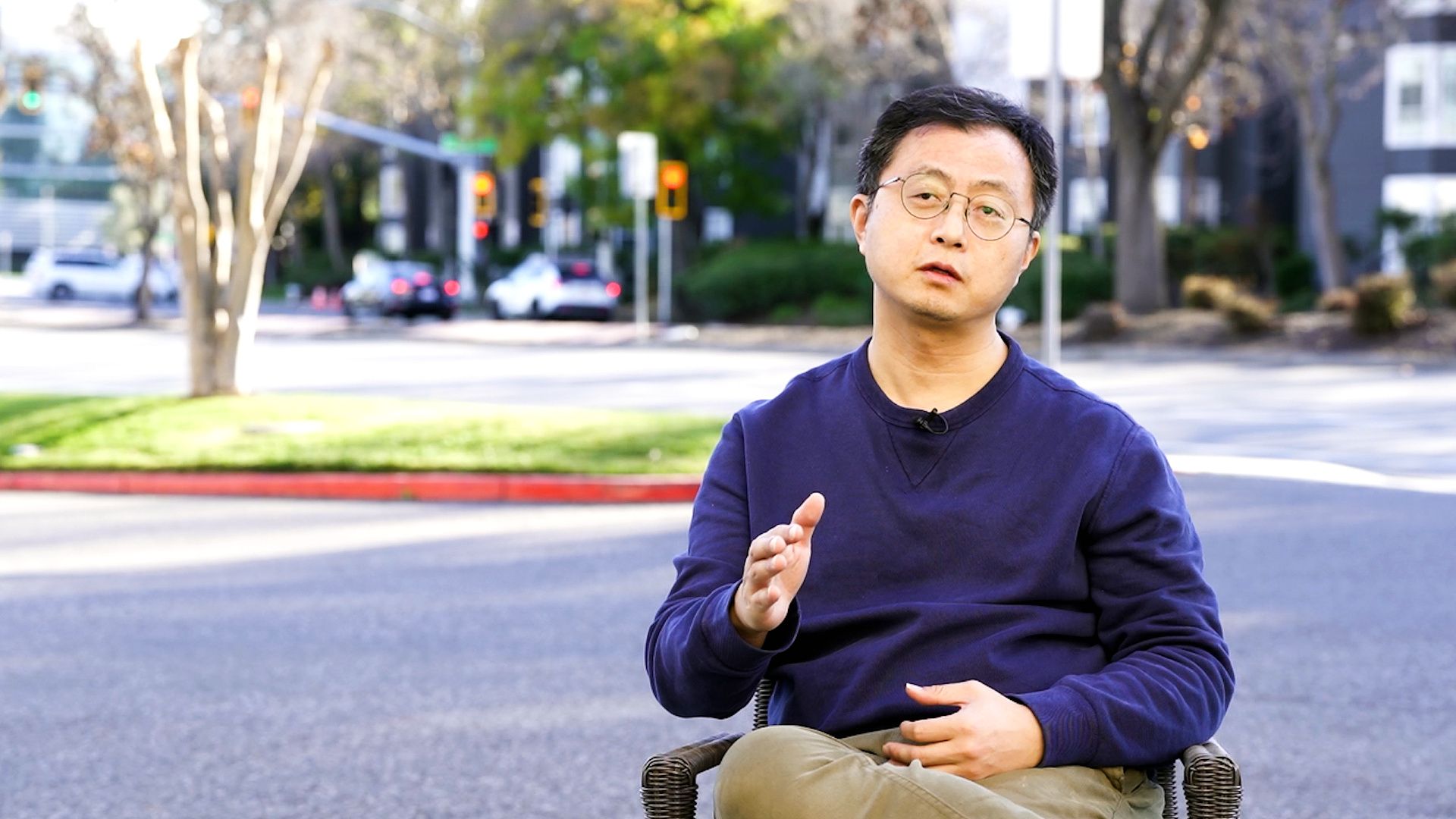
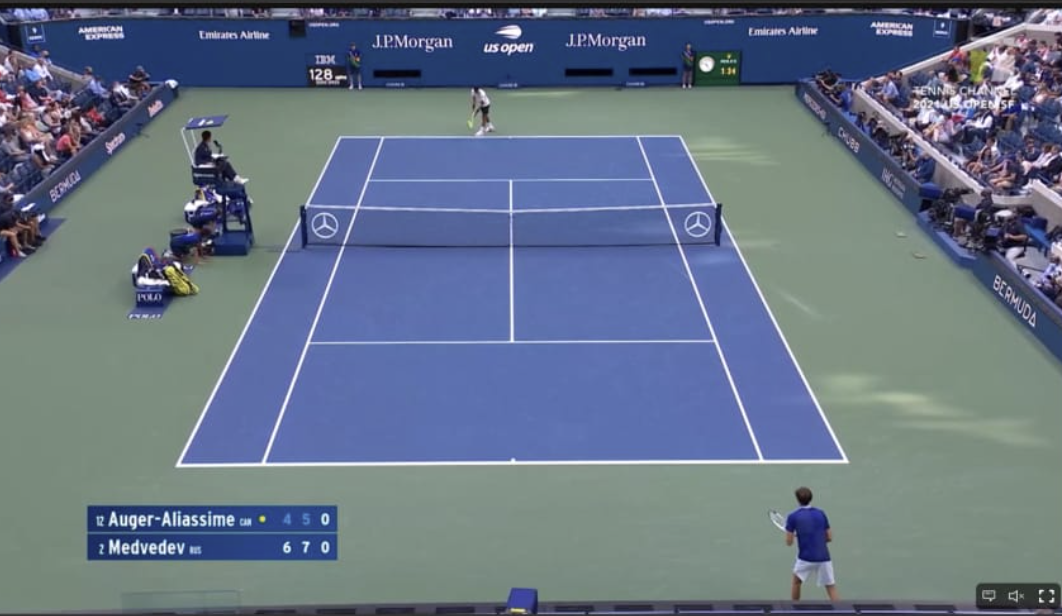
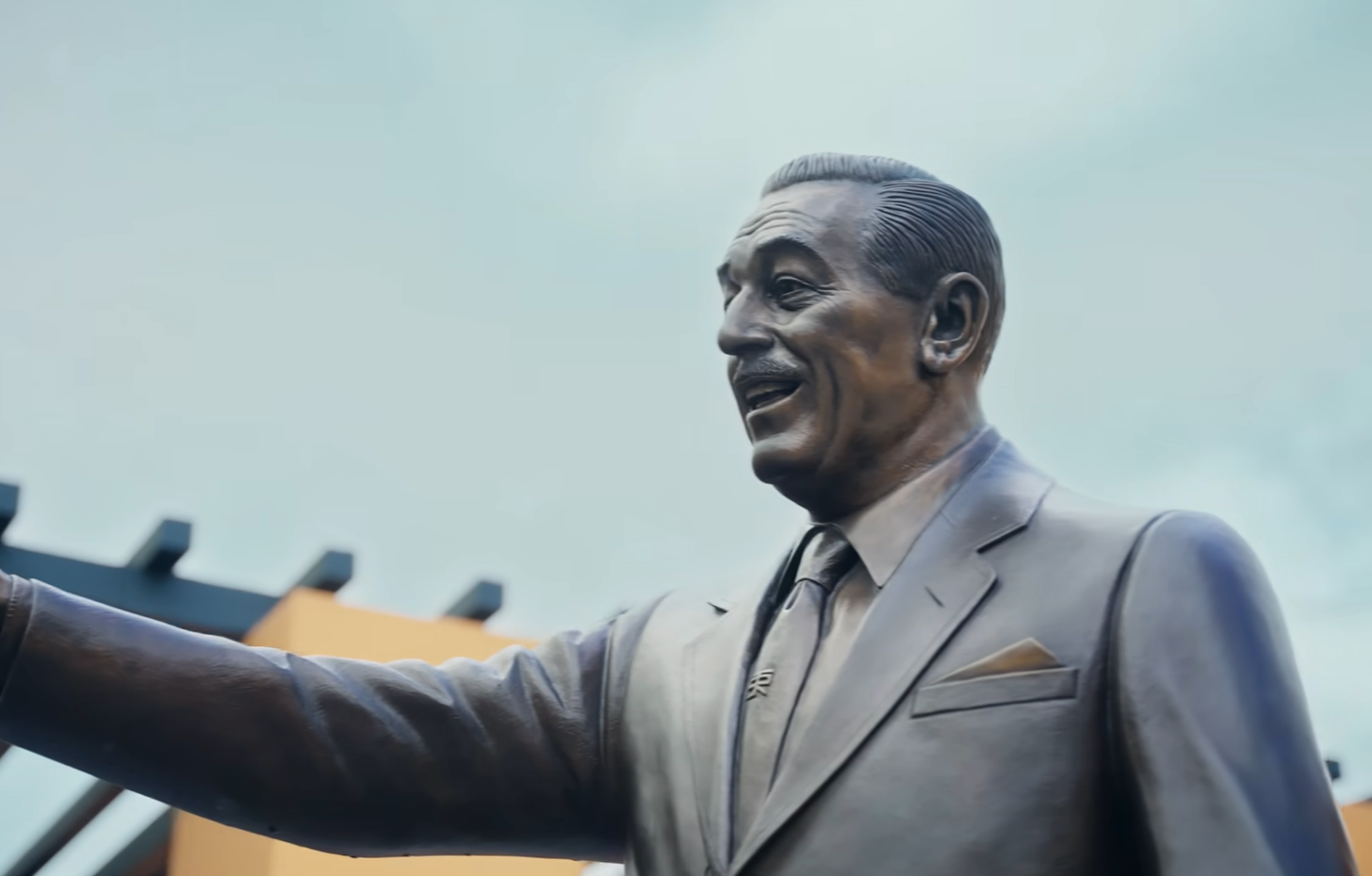

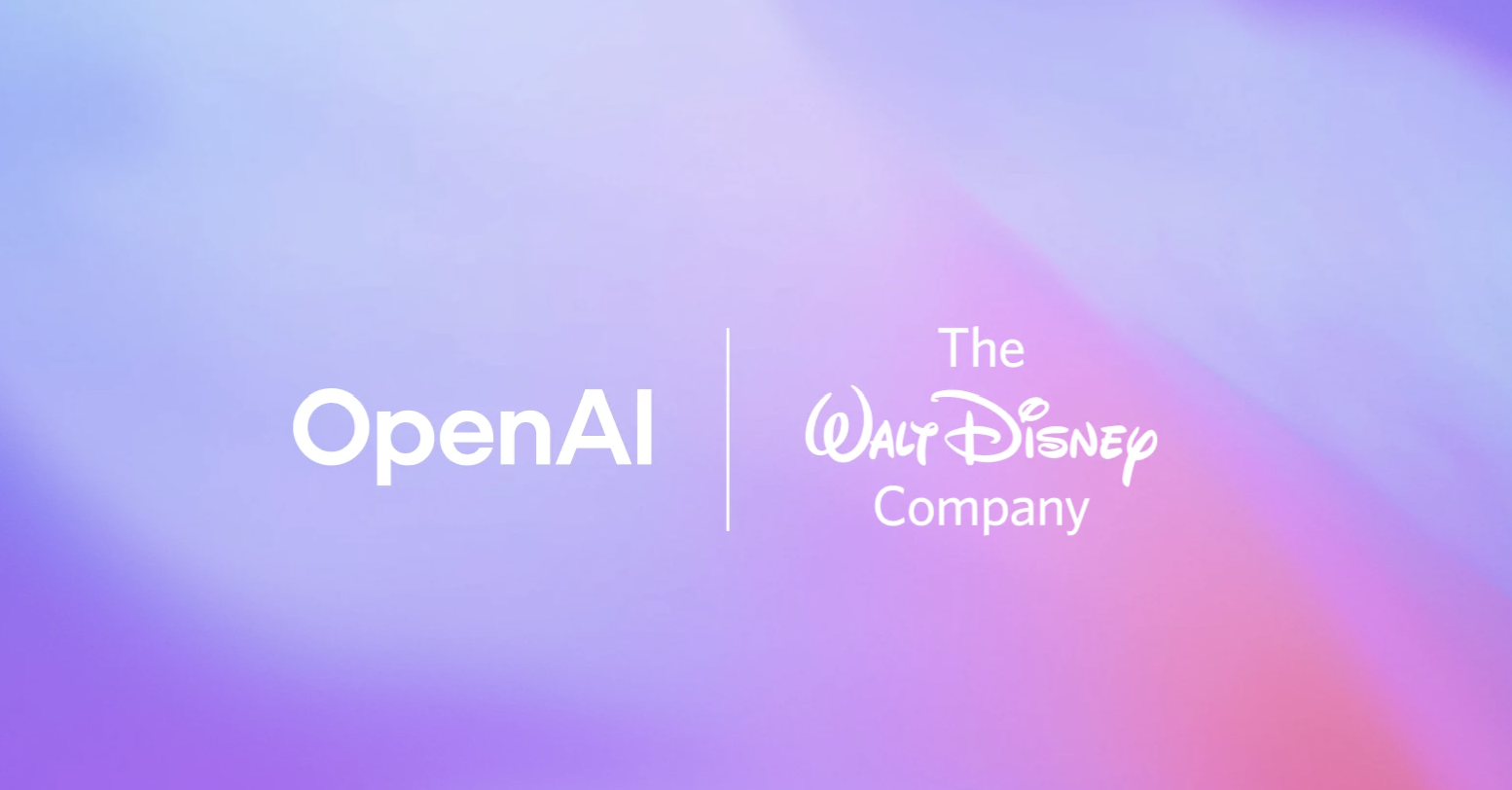
![[CES2026]엔터테크 전문 투어&트렌드 현장 리포트(무료)](https://cdn.media.bluedot.so/bluedot.kentertechhub/2025/12/5x46lj_202512261120.png)
![[보고서]디즈니의 IP 플라이휠, 1957년 메모에서 시작된 100년 전략](https://cdn.media.bluedot.so/bluedot.kentertechhub/2025/12/vtekpo_202512140501.png)
![[리포트]글로벌 스트리밍 대전환과 FAST 시장의 부상](https://cdn.media.bluedot.so/bluedot.kentertechhub/2025/12/7jw8up_202512120304.png)
![[보고서]K-콘텐츠, 몰입형 공간 새로운 경험](https://cdn.media.bluedot.so/bluedot.kentertechhub/2025/12/je15hi_202512061434.png)
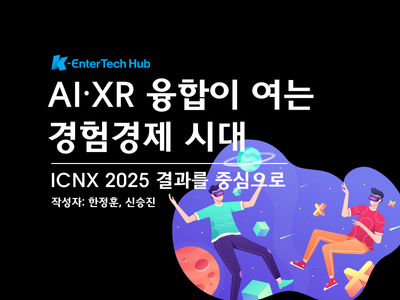
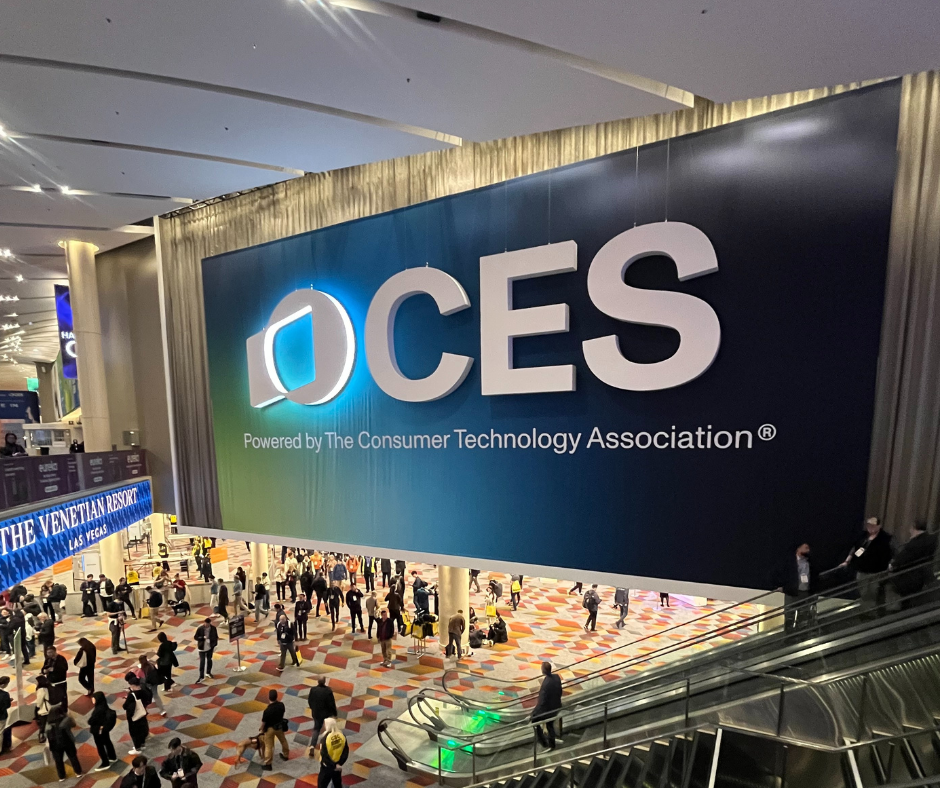
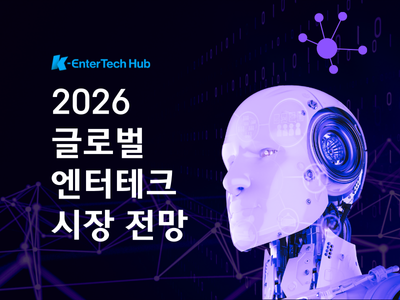
![[K콘텐츠와 K FAST]](https://cdn.media.bluedot.so/bluedot.kentertechhub/2025/11/zxwbgb_202511241038.jpg)
![[모집]1월 9일~14일 글로벌 AI 스템 캠프(자료집)](https://cdn.media.bluedot.so/bluedot.kentertechhub/2025/11/3kf0x5_202511031830.png)
![[MIPCOM2025]글로벌 엔터테인먼트 트렌드](https://cdn.media.bluedot.so/bluedot.kentertechhub/2025/10/duxlsp_202510170000.png)